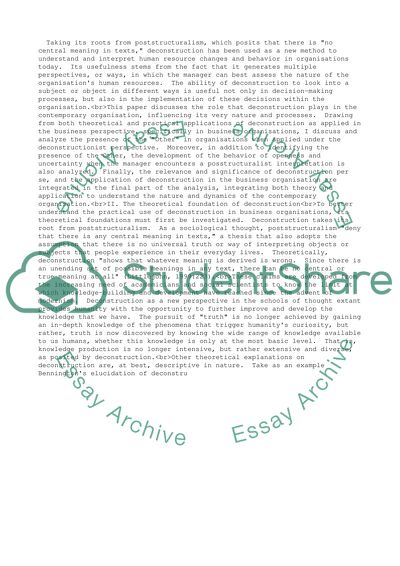Cite this document
(“Critical Perspectives on Management Essay Example | Topics and Well Written Essays - 3250 words”, n.d.)
Critical Perspectives on Management Essay Example | Topics and Well Written Essays - 3250 words. Retrieved from https://studentshare.org/business/1509892-critical-perspectives-on-management
Critical Perspectives on Management Essay Example | Topics and Well Written Essays - 3250 words. Retrieved from https://studentshare.org/business/1509892-critical-perspectives-on-management
(Critical Perspectives on Management Essay Example | Topics and Well Written Essays - 3250 Words)
Critical Perspectives on Management Essay Example | Topics and Well Written Essays - 3250 Words. https://studentshare.org/business/1509892-critical-perspectives-on-management.
Critical Perspectives on Management Essay Example | Topics and Well Written Essays - 3250 Words. https://studentshare.org/business/1509892-critical-perspectives-on-management.
“Critical Perspectives on Management Essay Example | Topics and Well Written Essays - 3250 Words”, n.d. https://studentshare.org/business/1509892-critical-perspectives-on-management.


